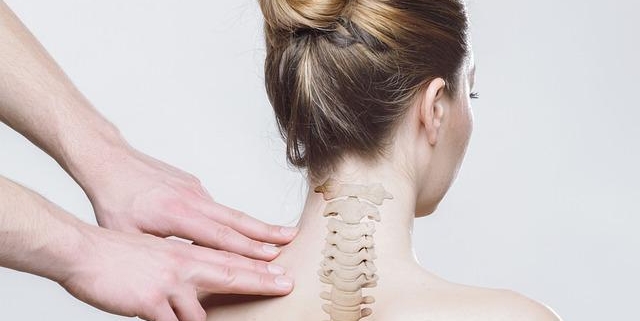
Thoracic Spine Anatomy
Overview: Thoracic Spine Anatomy
The thoracic spine forms the middle segment of the vertebral column and is located between the cervical spine (neck) and the lumbar spine (lower back). The thoracic spine comprises twelve vertebrae that are designated T1 to T12. The structure serves critical functions in our body, such as protecting the spinal cord, supporting the framework of the body, and assisting with movement. Understanding your thoracic spine anatomy can be essential in detecting and treating various health issues related to this area.
Types: Thoracic Vertebrae Subtypes
The twelve thoracic vertebrae differ from other vertebrae due to their connection with the rib cage. Here’s a quick rundown of the thoracic vertebrae types:
– T1-T4: These upper thoracic vertebrae connect to the ribs but allow limited movement due to their proximity to the heart and lungs.
- T5-T8: They provide a higher level of flexibility than the upper thoracic spine.
– T9-T12: The lower thoracic vertebrae merge into the lumbar spine and carry a substantial portion of the body’s weight.
Causes: Issues in Thoracic Spine
Several conditions may affect the thoracic spine, including degenerative diseases, impact injuries, and poor posture. Congenital conditions, such as Scheuermann’s kyphosis, may also affect the thoracic region. The most common causes are:
– Wear and tear with age
– Overuse injuries from repetitive activities
– Trauma from car accidents or falls
– Poor posture from excess time at a computer or desk
Symptoms: Recognizing Problems with the Thoracic Spine
Pain is the most common symptom of a problem with your thoracic spine. Other symptoms to be aware of include:
– Stiffness or limited movement in your mid-back area
– Sharp or dull pain that may increase with certain movements or positions
– Difficulty in bending or twisting the body
– Pain radiating to the ribs, shoulders, or legs.
Diagnosis of Thoracic Spine Issues
Diagnosis typically begins with a physical examination. Your doctor may ask about your medical history and your symptoms. Imaging tests, such as X-rays, MRIs, CT scans, or bone scans, may be used to diagnose thoracic spine disorders accurately. In some cases, your doctor may also recommend a nerve conduction study.
Treatment Options for Thoracic Spine Disorders
Treatment options will depend on the cause of your symptoms. They may include:
– Physical therapy: Strengthening and stretching exercises can alleviate symptoms and improve function.
– Medication: Over-the-counter or prescription medications may help manage pain and inflammation.
– Injections: Steroid injections may be used to reduce inflammation in the specific area.
– Surgery: In severe cases, when conservative treatments have not worked, surgery may be recommended.
Living With Thoracic Spine Anatomy
Living with thoracic spine disorders can be challenging, but there are ways to manage symptoms and improve quality of life. These may include:
– Regular exercise: Even gentle activities like walking or swimming can help keep your spine healthy and strong.
– Maintaining a healthy weight: Excess weight can put pressure on your spine, leading to more symptoms.
- Ergonomics: Ensure your working and living environment is set up to support good posture.
– Mind-body techniques: Techniques such as relaxation, mindfulness, and coping strategies can help manage pain and stress levels.
When to Seek Help: Thoracic Spine Issues
If you experience significant, persistent, or worsening mid-back pain, or if your symptoms are interfering with your daily life, it is essential to seek medical help. Additionally, if your symptoms include weakness or numbness in your arms or legs, loss of bowel or bladder control, or if the pain is accompanied by unexplained weight loss or fever, seek immediate medical attention.
